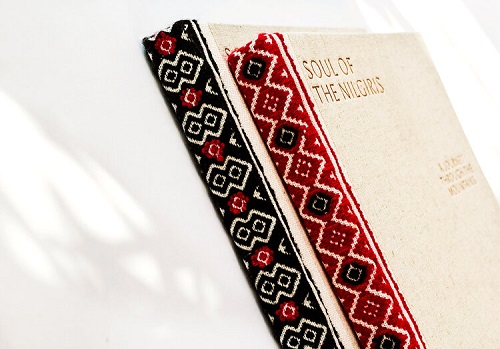Sharmila Vaidyanathan interviews author, Ramya Reddy, whose book Soul of the Nilgiris captures in delicate, compassionate prose and photographs, what life is like for indigenous communities who call the Blue Mountains their home.
An edited version was published in the Goya Journal on 07 May, 2020.
To Nilgiris, With Love
I am in a village called Mamaram in the Kotagiri district, Nilgiris. I am walking towards Vellaracombai to meet a healer. I reach a point in my journey where the road forks into three and I am unsure about the path I should take. I follow a downward road that leads me to a Kurumba rock shrine, and eventually to the healer herself. She welcomes me to her home and offers hand-ground coffee made with beans grown in her backyard. How was the coffee you ask me? I don’t know, because I did not get to taste it. This was all in my head.
I have never visited a Mamaram village and nor do I know of a healer in Vellaracombai. But when you are engrossed in writer/photographer Ramya Reddy’s book ‘Soul Of The Nilgiris‘ it’s hard to say where her words end, and your imagination begins. Through captivating photographs and lucid prose Reddy brings the place to life, making you forget for a moment that the paper barrier is, in fact, real.
Soul Of The Nilgiris captures the lives of the indigenous communities-the Todas, Badagas, Irulas, Kotas and the Alu Kurumbas- that call the Blue Mountains home. If the title does not give it away, just take a look at the book’s spine. No, seriously do that. You will find yourself looking at hand-embroidered spines showcasing unique Toda embroidery. This spine binds together a world where songs express reverence for nature, coffee is hand-ground, where honey-hunters have an unspoken understanding with the bees and where man and nature exist as extensions of each other, or at least did as long as they could. Now, they are grappling to make sense of the changing landscape as they try to live the pristine life they once knew, much like the place itself. With the eye of an artist and the observations of an anthropologist, Reddy delivers a cognizant account of this changing world and her decade-long journey through it. In this interview, she talks about her love for the Blue Mountains, how conservation is an essential part of life here, and how external influences altered the food habits of the region. Here is an edited excerpt of the conversation.
1) Why did you decide to take this pictorial journey through the Blue Mountains?
Ramya Reddy: There was always an affinity for the mountains. My father was a mountain lover, and we made many trips to the Nilgiris as a family. I also studied photography at the Light and Life Academy, Ooty. While I was at the Academy, I started photographing the place, and like any aspiring photographer thought that in time this could become a photo story. Even after the course, I kept coming back because there was always a draw to the Blue Mountains. Initially, I did not know much about the indigenous presence. As I started exploring the place further, I began meeting the indigenous people and listening to their stories about living in the Nilgiris. It took me a couple of years to build a bond with them, as there is an underlying distrust for people who reach out wanting to know about their work and their practices. They need to know that you are here for the right reasons. Once the ball was set in motion, it was hard to stop. As I kept coming back to meet them, the vision for my project also slowly evolved, and I started to write down my observations. Before I knew it, I could envision a book
2) Throughout your book, there are examples of how conservation is tied to everything the indigenous communities do. How was it experiencing this up close?
Ramya Reddy: I don’t know if the communities think of their practices as conservation; for them, it is just a way of life. It is how they respond to the world around them, and if you ask them, they will tell you there is no other way to be. They used to live in such synchronicity with the seasons. For example, at one point, Toda elders could predict the arrival of monsoons based on a flower that would blossom a week earlier. It was always on point up until recently. They would also set fire to the grasslands at a certain time of the year because they believed this would promote healthier grasses and grasslands. They followed this practice for a long time until the Government imposed a ban on it, which is now being reconsidered. In the case of the Kurumbas, they measure the health of their ecosystem by the activity of the bees even today. While many of these are examples of passive conservation, there are also active measures like what the Irulas follow, which is mixed cultivation. They grow certain kinds of plants among their crops because it helps them to ward off pests and promotes soil health. The funeral litany of the Badagas shows how intrinsic conservation is to these communities. Agricultural sins are pardoned as part of the funeral ritual. I don’t know how much of it is understood anymore. I met a couple of people who helped me translate the litany, but they were also not aware that this aspect was a part of their ceremonies. It is amazing how much passive conservation is touched upon in the litany, like weeding or leaving a sapling to die in the sun. Folklore is rife in the mountains, and that is how they pass down their ecological understanding. Of course, all of this is getting diffused because there is so much infiltration.
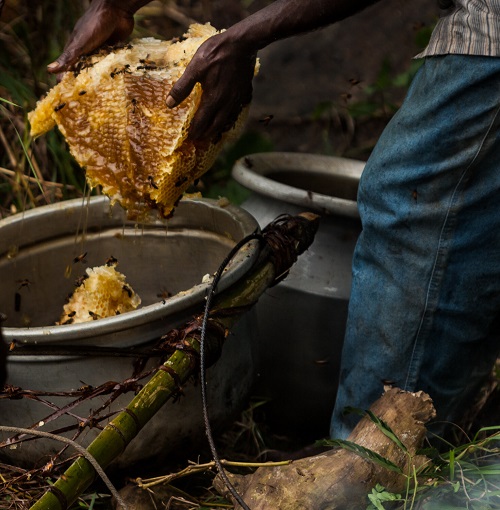
3) How are the changing seasonal patterns impacting the lives and livelihoods of these communities?
Ramya Reddy: The impacts are significant. I visited Janagiamma, a Kurumba healer, last year, and we were talking about how they received a good rainfall that year. To put things in perspective, Janagiamma shared that about three years ago, there was a severe drought, to an extent they had never seen before. That drought really made them consider relocating to a different part of the Nilgiris. Janagiamma grows excellent pepper and every time she harvests it; she keeps some aside for me. Her harvests used to be close to some 15 kgs, but now all she gets is 5-6 kgs, a part of which she supplies to the Keystone Foundation. Although this is the account of someone I know personally, throughout the landscape, agriculture has been impacted by unforeseen changes. I see them struggling on so many fronts, with so many shifts, not just climatic but also cultural. Because nature is such an elemental part of their rituals and practices, changing seasons also have a cultural impact. Many of them have turned to daily wage labour in tea plantations and to contract jobs for a regular income. I think it’s important to mention here the work that the Keystone Foundation is doing in supporting these indigenous communities. They help them in obtaining a sustained source of income from their agricultural produce. These communities need some backing to bring their produce to the markets.
4) You had the opportunity to witness honey-hunters at work. How was that experience, and what are some of the rituals they continue to follow?
Ramya Reddy: In one word – exhilarating. I met the Alu Kurumbas, the honey-hunters, a few months after I got introduced to Pratim Roy, Founder-Director of the Keystone Foundation, and gave him an overview of my work. The honey -hunters are very particular and selective of the people who they allow to witness their rituals, as it is a sacred ceremony for them. They don’t like to have outsiders, which is why I needed to be endorsed by the Foundation. Even then it took some time for them to warm up to the idea. They perform rituals two days preceding the harvest, which mainly involves expressing gratitude to the ancestors and asking them for guidance; asking the bees for guidance and forgiveness. Forgiveness because they are taking what is not theirs. This again falls under passive conservation. It is dotted in everything they do. Also, the hunters don’t touch all the hives, and some sites are of utmost sanctity. Harvesting honey from these regions is prohibited. Even when they harvest, they take only as much as they feel is right, which is why despite there being so much demand for honey, it is not possible to meet that demand. Keeping the ecological health of the region in mind, you can’t harvest honey beyond a point. The ritual also has its quirks, like the fact that the brother-in-law of the chief hunter ties the rope, so he does not do a shoddy job of it. That is so clever. Photographing the process was a fantastic experience, although I feel after a point I just zoned out. It was all bees and smoke around me. So yes, now that I recall the experience, part exhilarating, but definitely also part scary.
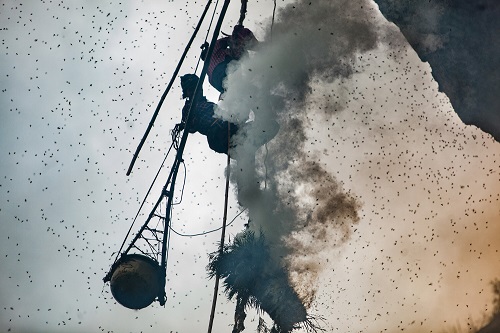
5) Hand-pressed coffee from beans grown in the backyard, and store-bought spices for a traditional recipe – one gets a glimpse of both ends of the spectrum in your book. What are some of the changes that you observed these communities embracing, from a food perspective?
Ramya Reddy: Hand ground spices and their spice concoctions are important for these communities, but I think it’s natural to gravitate to the store-bought ones, now that they are easily available. Take the healer for example, she makes hand-ground coffee for me, but she also has a small shop right down her house where she buys sambhar powder. Something that has dramatically altered their food habits is rice. Previously, they mainly consumed millets. One example of this is a rice urundai (balls) that the Toda community makes. They cook the rice in buttermilk and serve with a spicy chutney called Tarrshpergy, which is absolutely delicious. This urundai used to be made with millets, and they will tell you this fact every time they serve the dish. They still grow millets, but it is no longer the affordable option. All of them really love their millets and would choose millets over rice any day.
Processed food has also invaded their land. You see noodles in the shops; you find kids with some brand of mixture or biscuits in their hands. This is also a big change for these communities who are largely used to consuming fresh and natural products. Even when they would slaughter an animal, the entire hatti (village) would consume the whole animal, making sure there was no waste.
Among the these communities, Badaga food is heavily influenced by the progress they have made and very closely resembles the food consumed in the urban setup.
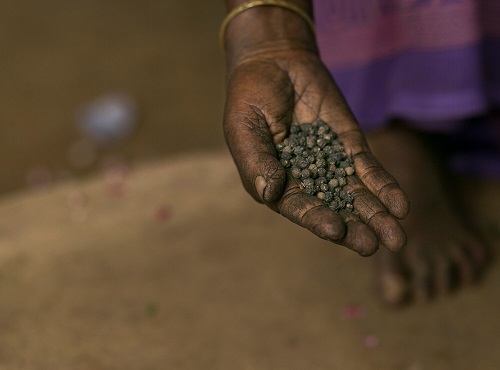
6) How did the British rule impact the agricultural practices of the region?
Ramya Reddy: Something that is much discussed is the introduction of tea, which came with long-standing repercussions. It decimated the Shola grasslands and altered the landscape permanently, causing shifts in the microclimates. A lot has been written about how tea changed the Blue Mountains. But the British rule also influenced the vegetable intake in this region. Because the climate was so conducive to grow vegetables like broccoli, turnips, potatoes or beans, they introduced them in the region. Now, when you take a walk through the markets, you see these vegetables everywhere. But none of the vegetables have seeped into the indigenous cuisine like the potato. They use kezhange in their sambhars or on the side. Badaga cuisine also uses a range of broad beans in their cooking. When you go to hattis, you will see old ladies drying out the beans, which is a beautiful sight.
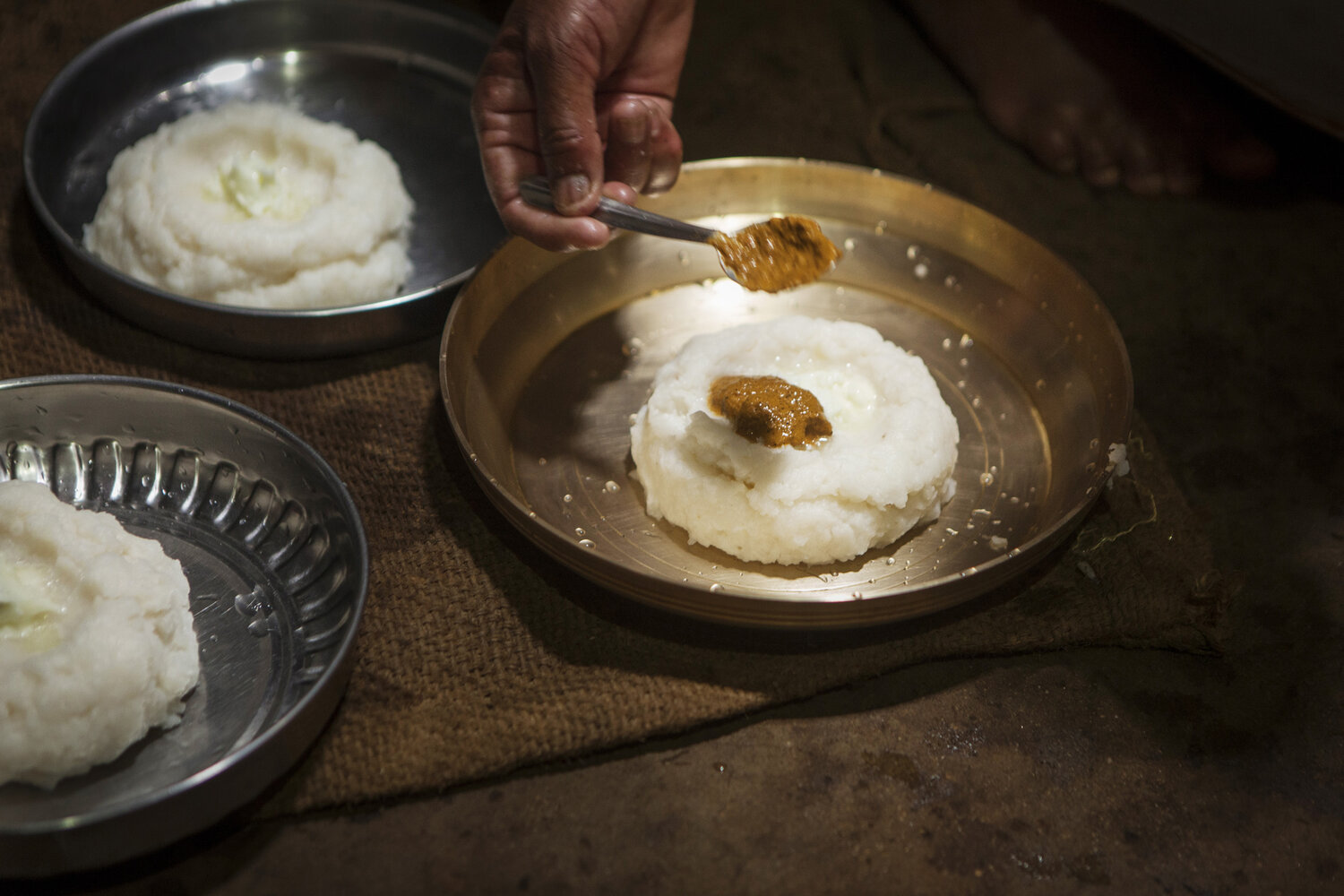
7) You were called to judge a cooking contest in an Irula village. Could you share some memories of that meal?
Ramya Reddy: The contest was designed to celebrate the Slow Food Movement. Cooking with local produce was a prerequisite. With every kilometre they travelled away from the village, we could minus points. Taste, freshness and preparations were also part of the criteria. The entire meal was very sophisticated, and I use that term because everything was precisely spiced and cooked. That is such a rarity. There was a coarse chutney made with blanched edible greens that was exquisite. I also got to taste jackfruit curry and povi keerai or Alangium salvifolium. The keerai was seasoned with fresh chillies and cumin -simple flavours but rightly infused. Wild greens and herbs were a big part of the food here, but they no longer grow as much as they used to. Someone also made foxtail millet, and it was cooked so beautifully- fluffy and light almost like couscous. To date, I have not been able to achieve that texture. For dessert, someone brought a pumpkin from their backyard, and roasted it lightly- that’s all. This preparation really goes to show an innate understanding of the produce.
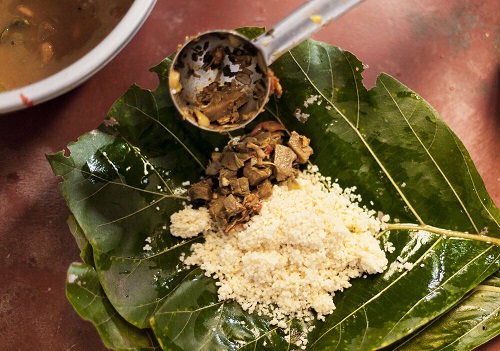
8) We are talking about the Nilgiris, so we have to talk about tea. Tea kadai (tea shop) chai or green tea?
Ramya Reddy: Both went into the making and writing of the book. While I was aware of the detrimental effects tea had on the Nilgiris landscape, it is omnipresent and an intrinsic part of this world. The tea I would get in many of the indigenous homes I visited was usually very sweet and very milky; it’s basically milk with a hint of tea. In the tea kadais, one gets a nice strong cup of chai. Classic cutting chai made many of my walks and treks possible. Also, let’s not forget the food in tea kadais. If I needed a quick breakfast while I was working, I would turn to some steaming hot idlis with my tea or the staple bun-butter. For some indulgence, there were always bajjis or bondas coming out of the kitchens at different times of the day. Then, of course, there is the quintessential Nilgiris tea that fueled the writing of this book. I also visited and photographed tea estates. One of my favourite teas is a Bai Mudan white tea that is semi-oxidised. I like my Nilgiris tea without accompaniments.
9) What is it that you want people to know the most from this journey?
Ramya Reddy: I would like for us to realise that there is so much wisdom in how the indigenous people lived and continue to live. There is so much that we can imbibe from them in our daily lives. For example, living seasonally, consuming less, communing for the right reasons, taking only as much as we need, and being a lot more in sync with the natural world around us. That is such a beautiful way to live.
All images by Ramya Reddy. You can purchase a copy of Soul of the Nilgiris here.
